What does regulation of working with communications and cell site data mean for me and my organisation?
In a positive development for policing and criminal justice, the Forensic Science Regulator’s Statutory Code of Practice was approved by both houses of Parliament in February and March and will now come into force on the 2nd of October 2023. The code sets quality standard requirements for Forensic Science Activities (FSAs’) related to the investigation of crime and the criminal justice system in England and Wales.
The code includes standards of conduct and practice for a number of FSAs’ that fall under the definition of Digital Forensic Science Activities. One of these activities is that of Cell Site Analysis for Geolocation (FSA – DIG 200 – Cell site analysis for geolocation). At Forensic Analytics, we have been following the development of the code of practice closely and welcome the rigour with which deals with this particularly important activity.
As expected, we have been receiving a great many enquiries from the UK Law Enforcement community about the new code and what it means for the full range of practitioners involved in the use of communications data in the course of their work: Investigators, Analysts, RF Technicians and Expert Witnesses, and other Forensics Practitioners. This position paper has been written to address those questions. It explains what the Cell site section of the code regulates and what it does not, who it affects, when it comes into effect & when compliance is required by, and what needs to be done to achieve compliance.
The reassuring news for all concerned is that regulation is welcome, and a positive step forward. Secondly, it is reasonable and measured, and will serve only to empower the users of this data, who have in fact been working in a proto-compliant environment for many years. Thirdly, the timeline for compliance is reasonable, and allows for enough time for all forces, agencies, and organisations to perform careful gap analyses and work to finalise any adjustments without impeding ongoing operational activity, or adversely affecting existing workflows.




